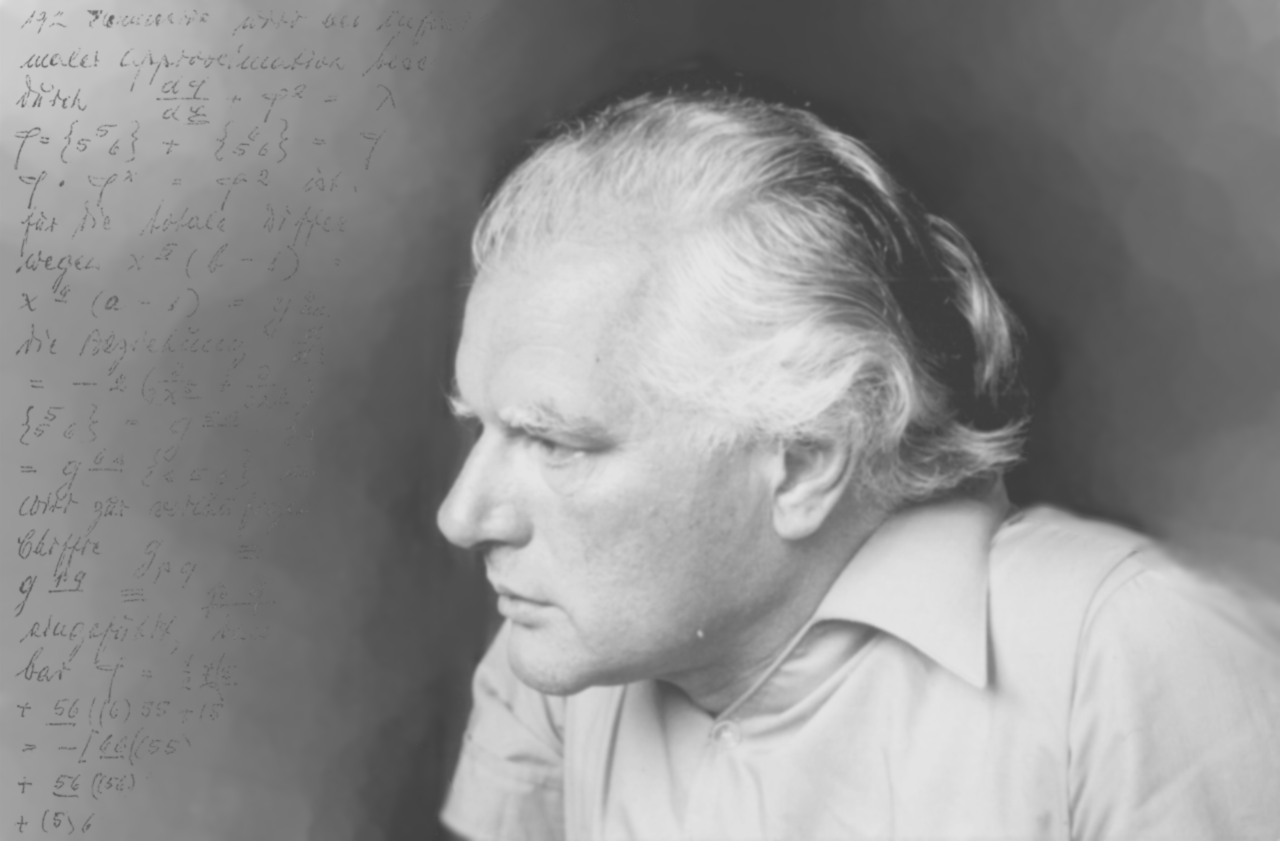The physicist Burkhard Heim was a severely handicapped person (blind, hard of hearing, handless). Therefore, it was impossible for him to work within a team at an institute. Nevertheless, in 1954 (after he left the Max-Planck-Institute in Göttingen) he privately performed the difficult calculations for Einstein’s unified field theory and fulfilled Einstein’s dream after decades of lonely work: a complete geometrical description of all forces and a formula for the masses of all elementary particles. The mass formula was programmed, and the spectrum of masses was printed in 1982 by physicists at DESY (Deutsches Elektronen Synchrotron), Hamburg. This formula yields all known and some unknown masses of elementary particles and resonances on account of the knowledge about the internal dynamics of geometrical structures, without introducing Higgs-bosons or perturbation calculations.
Until now, Heim’s unified field theory must be considered the most successful one, since in physics there are no better results for the properties of elementary particles as long as physical properties of strings cannot yet be determined. Therefore, it should be checked by specialists. Since this theory requires exceptional mathematical knowledge, Heim’s theory is only accessible to few theorists. But the many results of this theory which correspond with experiments, in our opinion, justify all efforts of a preoccupation with it – contrary to many other modern theoretical ideas.
Today most physicists do not know Burkhard Heim (other than in the late 1950s). The reason is that Heim has waited for too long to publish his books and did not care much for a representation of his manuscripts which is sufficient to modern standards. Also, the leading physicists with whom Heim collaborated (for instance the professors Pascual Jordan, Hamburg, and Richard Becker, Göttingen), deceased long ago.
Therefore, no physicists believe that a scientist who worked privately and not at an institute could realize such a significant work. Nobody reads his books and no one of the particle physicists takes care of the mass formula. One rather believes in the correctness of the established standard models and attempts to confirm these by scattering experiments, or at least to get new insights from them, paying a lot of money.
If Heim’s theory would only correctly predict the interior of elementary particles, would explain the geometrical reasons for all particle-properties and would answer astrophysical basic questions, it would be essential only for physicists – an important theory among several others. But Heim’s theory describes a world view which, in addition, is also of great importance for everybody. According to Heim, the mass spectrum is only describable within a world of six dimensions (three real and three imaginary). Therefore, also we humans must live in a world with six dimensions. The two additional dimensions are not – like in Kalzua-Klein theories – curled up in small areas, but they are in principle verifiable domains of the world. But they are not measurable by physical instruments and have an informational character since they describe qualitative aspects (meanings) of material organizations. That is the reason why Heim in the last years of his life developed an extended formal logic to describe quantitative as well as qualitative aspects uniformly. Only in this way it was possible to formalize biological and psychological processes (like consciousness) in a 6-dimensional manifold, and therefore also non-physical events. This will have exceptionally far-reaching consequences for all fields of science.
Until 2008, there was a research group Heim Theory consisting of scientists some of which had collaborated with Heim. Among those was, above all, Dipl.-Phys. Illobrand von Ludwiger (1937–2023). The goal was to call other physicists’ attention to this theory by suitable presentations of Heim’s works. The research group has dissolved due to advanced age and death of its members. Today, we operate a mailing list to facilitate academic exchange about Heim Theory.
